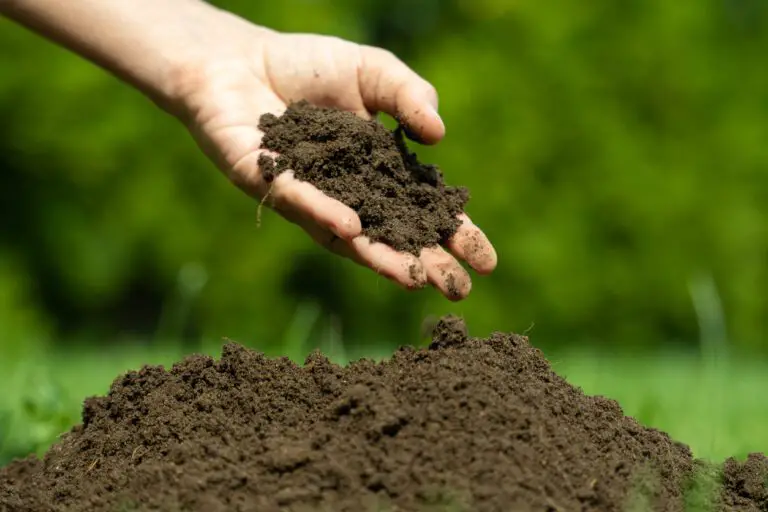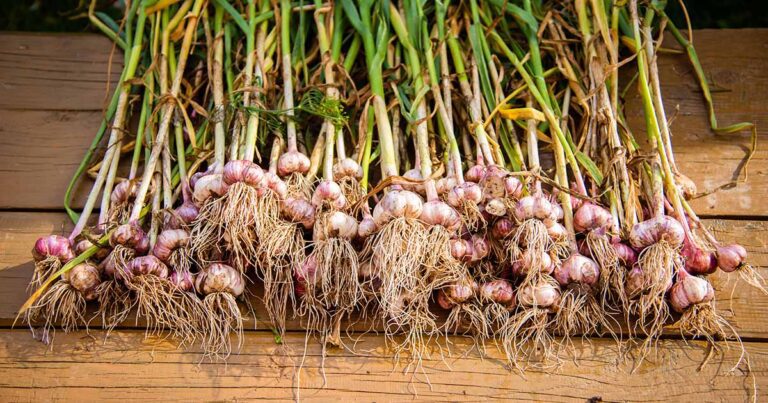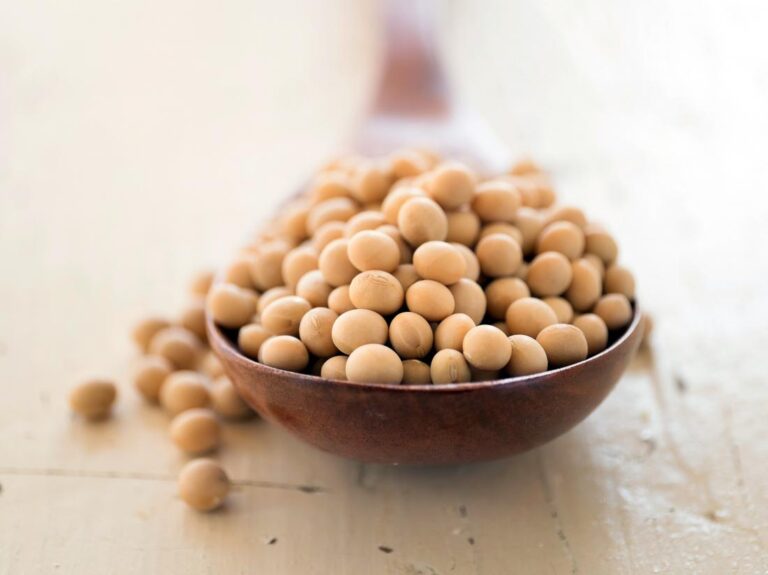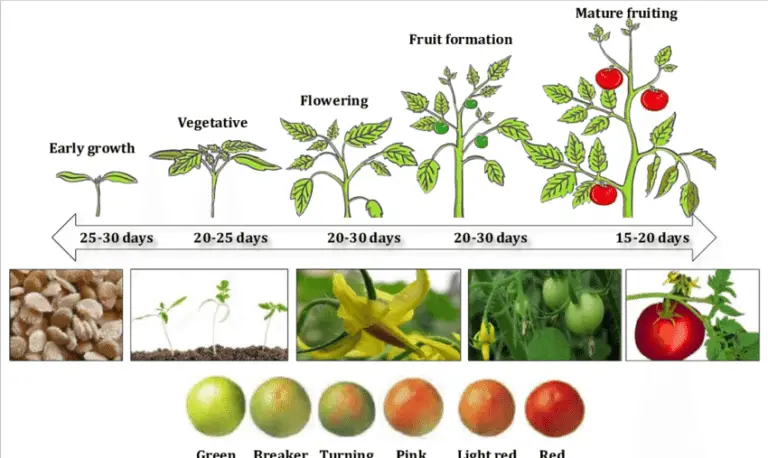Pollinators Attraction: 15 Perfect Methods for a Buzzing Garden
Table of Contents
Creating a Pollinators-Friendly Habitat
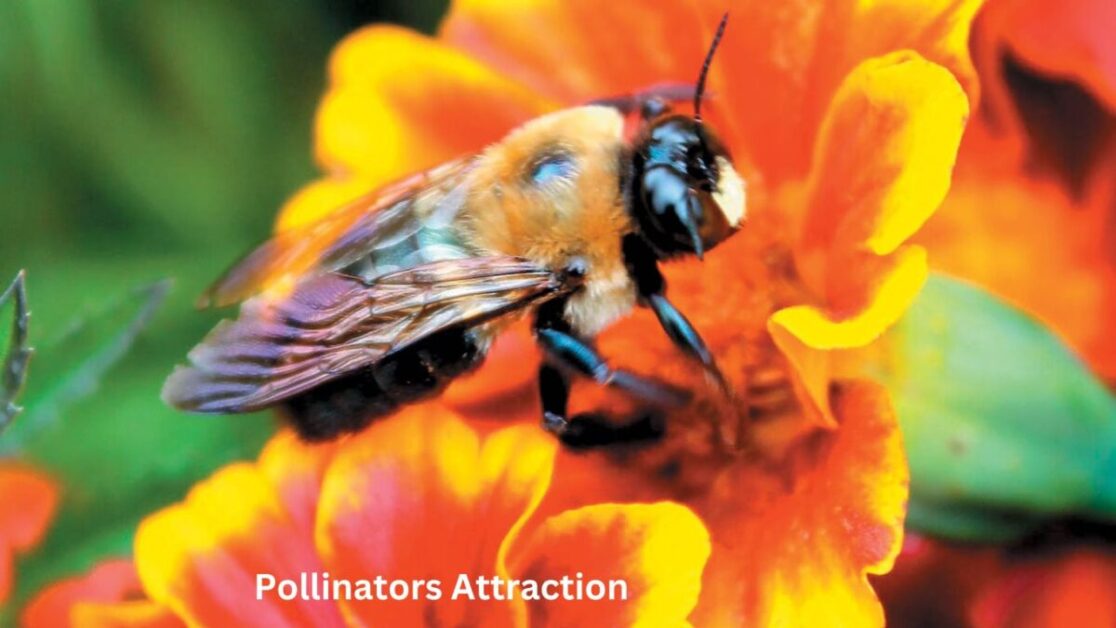
Creating a Pollinators Attraction-friendly habitat is essential for supporting the health and diversity of our ecosystems. By incorporating a variety of native plants that provide food and shelter for pollinators, such as bees, butterflies, and hummingbirds, you can enhance the biodiversity of your garden. Selecting plants that are adapted to your region’s climate and soil conditions will promote successful pollination and overall garden vitality.
In addition to planting native species, it is crucial to establish nesting sites and water sources for pollinator to thrive. By avoiding the use of pesticides and chemicals in your garden, you can protect pollinator from harmful toxins and ensure a safe environment for their existence. Implementing sustainable gardening practices and monitoring pollinator activity in your garden will help create a harmonious ecosystem that supports the well-being of these critical species.
Selecting Native Plants for Pollinator Attraction
Native plants play a crucial role in attracting pollinators to your garden. These plants have evolved alongside local pollinators, making them the perfect choice to provide food and shelter for bees, butterflies, and other beneficial insects. By selecting native plants, you can create a biodiverse and sustainable habitat that supports the health and well-being of these essential pollinators.
When choosing native plants for pollinator attraction, consider factors such as bloom time, flower shape, and color. Opt for a variety of plants that bloom at different times throughout the season to ensure a continuous food source for pollinators. Select flowers with different shapes and colors to appeal to a wide range of pollinator species. By incorporating a diverse array of native plants in your garden, you can create a vibrant and pollinator-friendly environment that benefits both wildlife and your garden ecosystem.
Planting a Variety of Flower Shapes and Colors
Planting a variety of flower shapes and colors in your garden can attract a diverse range of pollinators. Different pollinators are drawn to specific shapes and colors of flowers, so having a mix of varieties can help increase overall pollinator activity. For example, bees are often attracted to bright blues and yellows, while butterflies prefer reds and purples. By incorporating a range of flower shapes and colors, you can cater to the needs of various pollinator species and enhance the biodiversity of your garden.
In addition to providing aesthetic appeal, planting a diverse array of flower shapes and colors can also improve the resilience of your garden ecosystem. Different plants attract different pollinators, which can help with pollination and overall plant health. By carefully selecting a mix of flowers with varying shapes and colors, you can create a balanced and sustainable habitat that supports a thriving community of pollinators. Consider incorporating flowers of different heights, sizes, and textures to create a visually appealing and pollinator-friendly garden.
Providing a Water Source for Pollinators
One essential element to consider when creating a pollinator-friendly habitat is providing a reliable water source for these valuable insects. Pollinators, such as bees and butterflies, require water not only for hydration but also for regulating their body temperature and supporting essential biological functions. By incorporating features like shallow dishes filled with water, damp sand, or installing a birdbath with rocks for perching, you can offer a convenient and safe watering spot for pollinators in your garden. Ensuring a consistent and clean water supply can significantly contribute to attracting and supporting a diverse range of pollinator species, ultimately enhancing the overall health and biodiversity of your garden ecosystem.
In addition to providing a water source, it’s crucial to keep in mind the importance of maintaining it regularly to prevent the risk of contamination or the proliferation of harmful pathogens. Pollinators are highly sensitive to chemicals and pollutants, so opting for clean and chemical-free water sources is imperative for their well-being. Monitoring the water supply, cleaning the containers periodically, and refilling them with fresh water are simple yet effective ways to create a hospitable environment for pollinators in your garden. By implementing these practices, you can foster a thriving pollinator habitat that not only supports these vital insects but also enhances the beauty and productivity of your garden.
Avoiding Pesticides and Chemicals in Your Garden
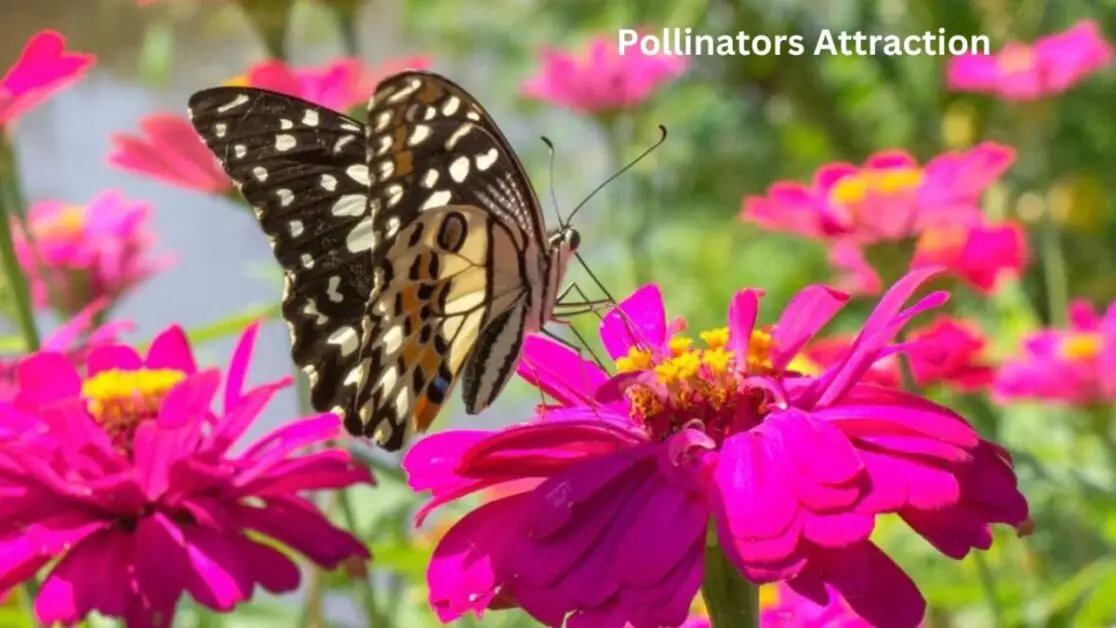
Pesticides and chemicals can have harmful effects on pollinators and other beneficial insects in your garden. Various studies have shown that these substances can disrupt the reproductive systems of bees, butterflies, and other pollinators, leading to a decline in their populations. By avoiding the use of pesticides and chemicals in your garden, you can create a safer and healthier environment for these essential creatures.
Instead of relying on synthetic solutions for pest control, consider implementing natural alternatives such as beneficial insects, physical barriers, or companion planting. These methods can help maintain a balanced ecosystem in your garden while reducing the risks associated with chemical exposure. Additionally, promoting biodiversity and enhancing the natural resilience of your plants can minimize the need for pesticides, ultimately contributing to the well-being of pollinators and the overall sustainability of your garden.
Creating Nesting Sites for Pollinators
Creating nesting sites for pollinators is an essential aspect of fostering a thriving garden ecosystem. Different pollinators have various nesting needs, from solitary bees that require small cavities to ground-nesting bees that need open soil. Providing a diverse range of nesting habitats ensures that a variety of pollinator species can find suitable locations to establish their nests and reproduce successfully.
Incorporating natural materials like hollow stems, small piles of twigs, and untreated wood can mimic the natural nesting environments of many pollinators. Creating these simple features in your garden not only supports pollinator populations but also adds an aesthetic and ecological dimension to your outdoor space. By catering to the nesting requirements of different pollinators, you can enhance biodiversity and contribute to the overall health of your garden ecosystem.
Using Companion Planting to Attract Pollinators
Companion planting is a strategic gardening method that involves planting different species of plants near each other to enhance growth, deter pests, and attract beneficial insects like pollinators. By selecting plants that complement each other, you can create a biodiverse ecosystem that supports pollinator populations. For example, planting marigolds alongside tomatoes can help deter harmful pests while also attracting bees and butterflies to pollinate your crops.
When practicing companion planting to attract pollinators, consider the blooming periods of different plants to ensure a continuous supply of nectar and pollen throughout the growing season. By incorporating a mix of early, mid, and late-season bloomers like lavender, sunflowers, and asters, you can provide food sources for pollinators from spring to fall. This thoughtful planning not only supports the health of pollinators but also increases the overall productivity and resilience of your garden ecosystem.
Maintaining a Healthy Soil Ecosystem
A healthy soil ecosystem is essential for supporting plant growth and providing a thriving environment for pollinators. Soil teeming with beneficial microorganisms, such as bacteria and fungi, helps break down organic matter into nutrients that plants can readily absorb. By incorporating organic matter like compost and mulch into the soil, you can enhance its ability to retain moisture and nutrients, promoting healthier plant growth and attracting more pollinators to your garden.
Maintaining proper soil pH levels is crucial for ensuring that plants have access to the necessary nutrients they need to flourish. Conducting soil tests periodically can help you adjust the pH levels accordingly and prevent nutrient deficiencies that can impact plant health. Additionally, practicing crop rotation and cover cropping can help improve soil structure, reduce soil erosion, and enhance soil fertility, creating a more hospitable environment for both plants and pollinators to thrive.
Including Plants That Bloom Throughout the Season
Including plants that bloom throughout the season in your garden is a thoughtful way to provide a consistent food source for pollinators. By strategically selecting a variety of plants with staggered blooming periods, you can ensure that pollinators have access to nectar and pollen year-round. This not only supports the health and well-being of pollinators but also enhances the overall biodiversity of your garden.
Incorporating plants with continuous blooming cycles not only benefits pollinators but also adds visual interest and color to your garden throughout the seasons. From early spring to late fall, having flowers in bloom can create a dynamic and ever-changing landscape that attracts a diverse array of pollinators. By carefully planning and selecting plants with overlapping bloom times, you can create a vibrant and thriving ecosystem that sustains pollinators and contributes to the beauty of your garden.
Adding Fragrant Flowers to Attract Pollinators
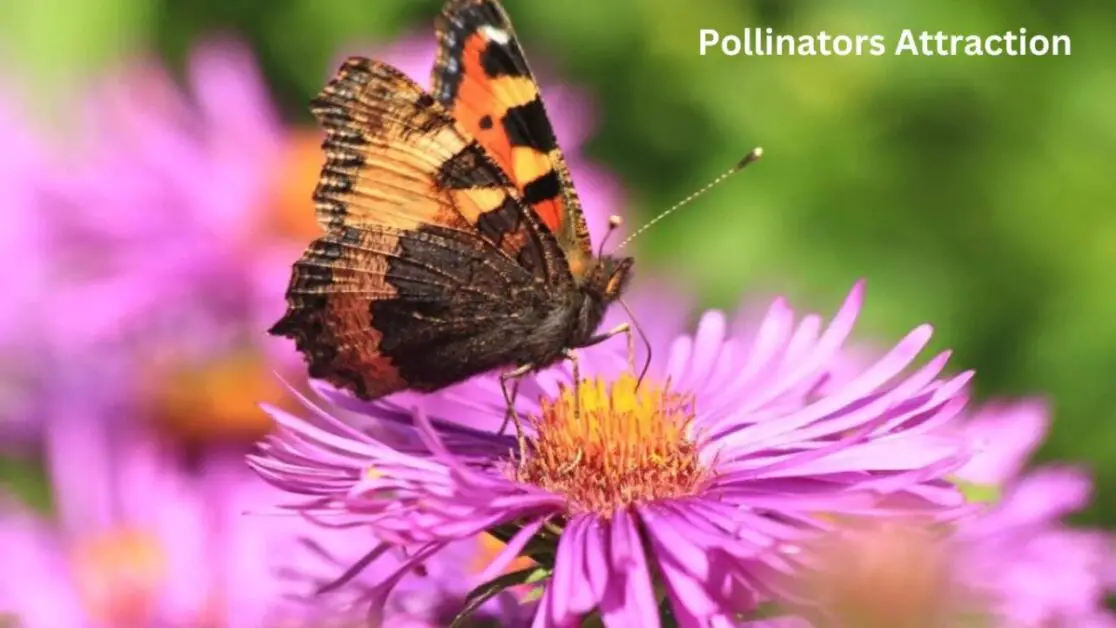
Fragrant flowers not only add a delightful aroma to your garden but also attract a variety of pollinators, enhancing the biodiversity of your outdoor space. When selecting fragrant flowers for your garden, consider plants like lavender, jasmine, and bee balm, which emit scents that are irresistible to bees, butterflies, and other pollinators. These fragrant blooms serve as nature’s invitation to pollinators, guiding them towards your garden oasis.
Additionally, planting fragrant flowers strategically throughout your garden can create a sensory experience that not only pleases humans but also serves as a beacon for pollinators seeking nectar and pollen. By incorporating a mix of fragrant flowers that bloom at different times of the year, you can ensure a continuous food source for pollinators while transforming your garden into a fragrant paradise. Remember, the sweet aroma of these flowers is a powerful tool to entice pollinators to visit your garden and contribute to the pollination process.
Installing Bee Hotels and Insect Hotels
Bee hotels and insect hotels are valuable additions to any garden seeking to support local pollinator populations. These structures provide safe spaces for solitary bees, wasps, and other beneficial insects to nest and reproduce. By offering a variety of cavities in different sizes and materials, bee hotels cater to the diverse needs of various pollinator species, contributing to the overall health of the ecosystem. Installing these shelters can also serve as educational tools, allowing gardeners to observe the fascinating behaviors of these vital creatures up close.
Insect hotels, similar to bee hotels, offer refuge for a wide range of insects that play crucial roles in pollination and pest control within the garden environment. Different insects, such as ladybugs, lacewings, and predatory beetles, seek out these structures for nesting and overwintering. By setting up an insect hotel in your garden, you provide these beneficial insects with a conducive habitat that supports their lifecycle stages, helping to maintain a balanced ecosystem and reduce the need for chemical pesticides. Additionally, the presence of insect hotels can be an aesthetically pleasing and environmentally friendly way to enhance the biodiversity of your garden space.
Growing Plants in Clusters to Attract Pollinator
Growing plants in clusters is a strategic method to attract pollinator to your garden. Clustering plants together creates a visually appealing arrangement that is more likely to catch the attention of pollinator seeking out nectar and pollen sources. By grouping plants of the same species or with similar characteristics, you provide a concentrated food source for pollinator, making it easier for them to forage efficiently.
When planning your garden layout, consider planting clusters of flowers that bloom at different times throughout the season. This ensures a continuous food supply for pollinator, attracting them to your garden from early spring to late fall. Additionally, clustering plants with varying shapes, colors, and fragrances increases the diversity of pollinator that will be attracted to your garden, resulting in a thriving and dynamic ecosystem.
Implementing Sustainable Gardening Practices
Sustainable gardening practices are crucial for maintaining a healthy ecosystem in your garden. By minimizing environmental impact and conserving resources, you can create a harmonious space for both plants and pollinator to thrive. Using organic fertilizers and compost, practicing water conservation techniques, and reducing waste through recycling are simple steps that can make a big difference in ensuring the long-term sustainability of your garden.
Incorporating sustainable gardening practices not only benefits the environment but also enhances the overall health and resilience of your garden. By working with nature rather than against it, you can create a balanced ecosystem that is less susceptible to pests and diseases. Additionally, sustainable gardening can lead to increased biodiversity, attracting a greater variety of pollinators and beneficial insects to your garden, ultimately promoting plant health and productivity.
Including a Variety of Pollinator Species in Your Garden
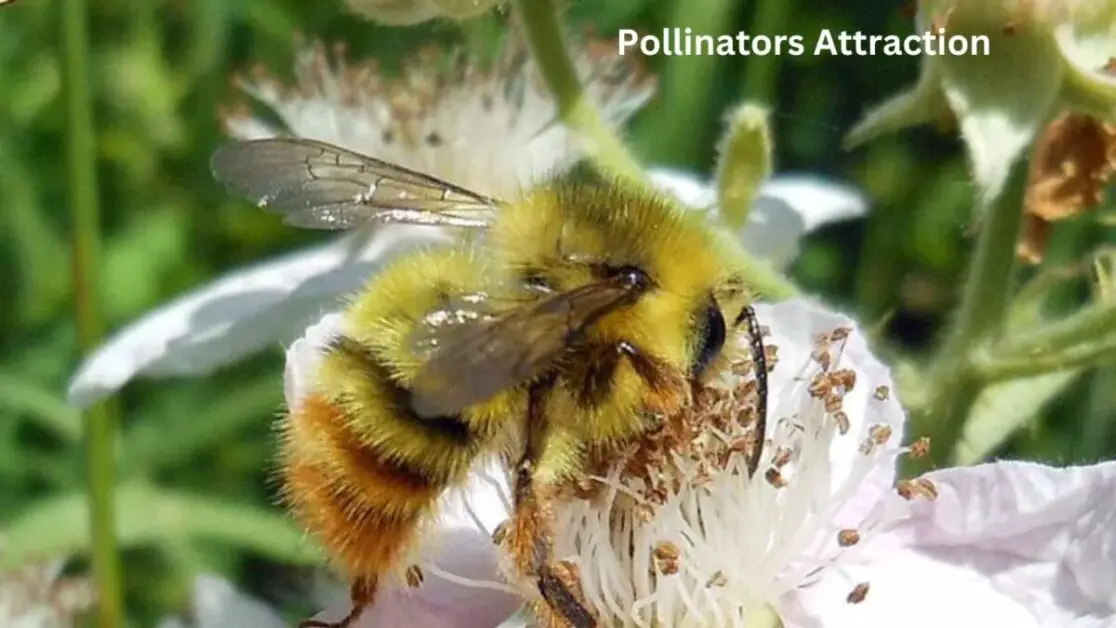
Diversity is key when it comes to creating a thriving pollinator habitat in your garden. By including a variety of pollinator species, you can ensure that different types of bees, butterflies, birds, and other beneficial insects are attracted to your garden. Each species has specific preferences when it comes to food sources and nesting habitats, so by catering to a range of pollinator, you can increase the overall health and biodiversity of your garden ecosystem.
Different pollinator species also have unique roles to play in the pollination process. For example, while bees are known for their pollination efficiency, butterflies and hummingbirds can also contribute to the transfer of pollen between plants. By including a diverse array of pollinator species in your garden, you can help ensure that a wide range of plants receive the pollination they need to reproduce and thrive.
here’s a simple table layout for “Pollinator Attraction: 15 Methods for a Buzzing Garden”:
| Method | Description |
|---|---|
| Native Plants | Planting native flowers and shrubs that attract local pollinators, adapted to the region’s climate and soil. |
| Wildflower Meadow | Creating a designated area with a variety of wildflowers to provide abundant nectar and pollen sources. |
| Butterfly Garden | Designing a garden with specific plants that cater to butterflies’ needs, including host plants for their larvae. |
| Bee Hotels | Installing bee hotels or nesting sites to provide shelter and breeding spaces for solitary bees. |
| Water Features | Incorporating ponds, birdbaths, or small water features that offer drinking spots for pollinators. |
| Continuous Bloom | Ensuring there are flowers in bloom throughout the growing season to provide a consistent food source. |
| Organic Gardening | Using organic gardening practices to avoid harmful pesticides and chemicals that can harm pollinators. |
| Fragrant Flowers | Choosing flowers with strong scents to attract pollinators, as many are attracted by scent. |
| Companion Planting | Planting companion plants that attract pollinators or repel pests, creating a diverse and balanced ecosystem. |
| Pollinator Pathways | Creating corridors of native plants between habitats to facilitate the movement of pollinators. |
| Edible Landscaping | Integrating edible plants into the garden that also attract pollinators, such as herbs, fruits, and vegetables. |
| Providing Shelter | Offering sheltered spots with dense vegetation or piles of leaves for pollinators to hide from predators. |
| Avoiding Hybrid Plants | Choosing heirloom or open-pollinated varieties over hybrids, as hybrids may produce less nectar or pollen. |
| Learning & Observation | Observing pollinators’ behavior and preferences to better tailor the garden to their needs over time. |
| Minimal Lawn Areas | Reducing the size of lawns and replacing them with pollinator-friendly plants to increase foraging habitats. |
Feel free to adjust the descriptions or add more methods as needed.
Monitoring and Evaluating Pollinator Activity in Your Garden
To effectively monitor and evaluate pollinator activity in your garden, it is essential to regularly observe and document the interactions between pollinator and plants. Take note of the types of pollinator visiting your garden, such as bees, butterflies, hummingbirds, and other insects, and their behavior around different plant species. By keeping a journal or log of these observations, you can track patterns and trends in pollinator activity over time, helping you make informed decisions about your gardening practices.
In addition to observation, consider implementing citizen science projects or participating in local pollinator monitoring initiatives to contribute valuable data to broader research efforts. By collaborating with researchers and fellow gardeners, you can gain insights into the broader ecological impact of your garden on pollinator populations and support conservation efforts. Monitoring and evaluating pollinator activity not only benefits your garden but also contributes to the collective understanding of pollinator behavior and conservation strategies.
How can I track the activity of pollinators in my garden?
You can monitor pollinator activity by keeping a journal noting the types of pollinators you see, when they visit, and which plants they are attracted to. You can also set up a camera or trail camera to capture footage of pollinators in action.
Is it necessary to create nesting sites for pollinators in my garden?
Yes, providing nesting sites for pollinators such as bee hotels or insect hotels can help support their population and ensure they have a place to stay and reproduce in your garden.
How can I attract a diverse range of pollinator species to my garden?
To attract a variety of pollinators, be sure to include a diverse selection of native plants, provide water sources, avoid pesticides and chemicals, and create a habitat that supports a range of pollinator needs.
What role does sustainable gardening practices play in supporting pollinators?
Sustainable gardening practices, such as avoiding chemical fertilizers and pesticides, using compost, and conserving water, can help create a healthy ecosystem in your garden that supports pollinators and other beneficial insects.


